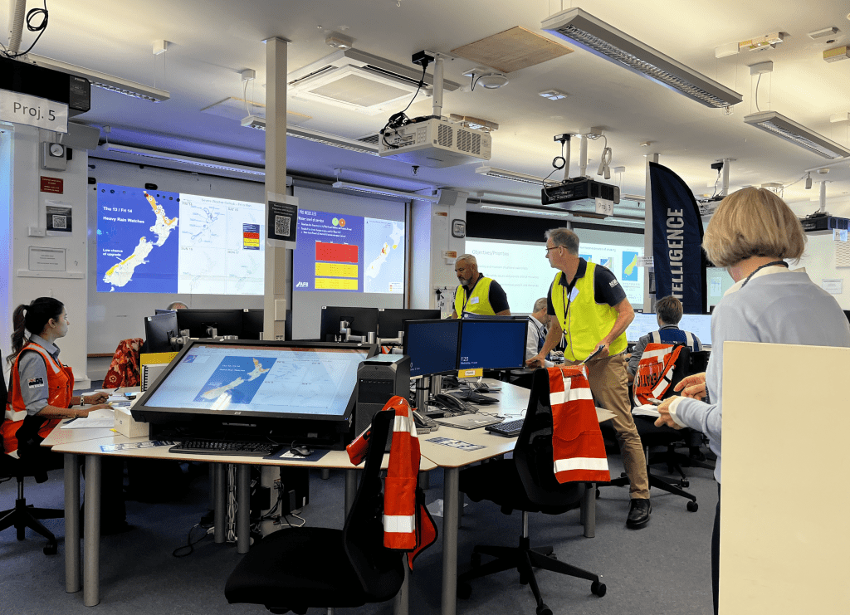 Author: Helen Horn
Author: Helen Horn
Aotearoa has had more than its fair share of large scale emergencies to contend with in the last decade or more. Many of them have been at scale and tested the capacity of our system to respond (e.g., Cyclone Gabrielle, Kaikoura earthquake). However, none of them have been of the potential scale we may face in our (or our children’s) lifetime in the likely event the Alpine Fault or Hikurangi Trench ruptures.
As a country we have an immense amount of work to do to get prepared for what may be one of our darkest days. The impact and scale would be immense, something most of us don’t have a good grasp of. If you are interested in understanding more, look at the NEMA Rū Whenua site, or AF8 to see what the science tells us about the impact of a magnitude 8 earthquake on the Alpine Fault.
I don’t know about you, but I don’t want to experience an event of the scale of an Alpine Fault quake and look backwards wishing I had done more for my whānau and society.
Fortunately, there are a large number of passionate and committed people preparing. Rū Whenua, a national exercise recently took place over three days, with the aim of improving New Zealand’s ability to respond and recover from a significant Alpine Fault earthquake. I was fortunate enough to be involved and gain a richer perspective on what an enormous task we have in front of us as a country.
It's pretty inspiring to be in a room full of 200 people drawn from across the motu, including the National Emergency Management Agency (NEMA) as the organiser, the wider Public Sector, Iwi and community leaders, Industry Associations, some of our largest private sector organisations and not for profit organisations, all focussed on grappling with how a response can be effective at that scale.
I’ve worked in the emergency management sector for a number of years and I continue to be impressed by the passion, commitment, and genuine desire to serve amongst the people I meet. They are the people who are willing to step in and up when things get tough to serve communities.
They are willing to make decisions quickly in high pressure contexts when information is scarce, in the most complex, large scale, and ambiguous situations. For the benefit of Aotearoa, they make those decisions even when they know the decisions they make will come under intense scrutiny in inquiries and reviews. As a citizen, I’m grateful for the work they do day to day and in responses.
In case you are now starting to feel comfortable that these people have got it all under control, remember that no one in Aotearoa would be unaffected in an event the scale of an Alpine Fault rupture. As citizens, we would all need to mobilise. As John Price, Deputy Chief Executive and Director for the (NEMA) puts it:
"It can’t just be NEMA. It has to be all of us together. The true emergency management is 5.2 million: every New Zealander."

This makes me think we should probably all consider how we as individuals, our whānau, our colleagues, community and society can be better prepared. How will you step up and lead if this happens in your lifetime? Here’s a good place to start getting ready.
Photo credit: https://newsroom.co.nz/2024/06/13/alpine-fault-simulation-highlights-beehive-bunker-woes/
Need more information? Contact the Winsborough Team:
winsborough.co.nz | 0800 222 061 | support@winsborough.co.nz
